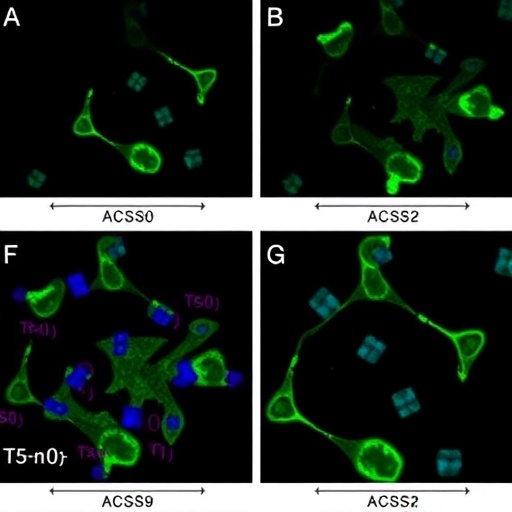Scientists from the University of Cambridge have identified a potential therapeutic target in the devastating genetic disease Hutchinson-Gilford Progeria Syndrome (HGPS), which is characterised by premature ageing.
In a paper published today in Nature Communications, scientists provide preclinical data showing that chemical inhibition or genetic deregulation of the enzyme N-acetyltransferase 10 (NAT10) leads to significant health and lifespan gains in a mouse model of HGPS.
HGPS is a rare condition: patients have an average life expectancy of around 15 years, suffering a variety of symptoms including short stature, low body weight, hair loss, skin thickening, problems with fat storage, osteoporosis, and cardiovascular disease, typically dying of a heart attack.
The disease arises from specific mutations in the gene for the protein Lamin A, which lead to production of a shorter, dysfunctional protein that accumulates in cells, specifically in the membranes surrounding the nucleus. This causes disorganisation of chromatin (the 'packaging' around DNA), deregulated transcription, accumulation of DNA damage and defective cell proliferation.
By screening candidate molecules for an effect on nuclear membranes in human HGPS patient-derived cells in vitro, the authors have previously identified a small molecule called remodelin as an effective ameliorative agent. They then identified which component of the cells was being affected by remodelin: an enzyme with a variety of cell functions, called NAT10.
Their aim in the new study was to take these findings into a mouse model with the same genetic defect as HGPS patients, to see whether inhibiting NAT10 – either chemically by administration of remodelin or genetically by engineering reduced production of NAT10 – could ameliorate the disease. The results show that these approaches indeed significantly improved the health of the diseased mice, increased their lifespan, and reduced the effects of the HGPS mutation across a variety of measures in body tissues and at the cellular level.
The research was led by Dr Gabriel Balmus from the Wellcome Trust/ Cancer Research UK Gurdon Institute and Dr Delphine Larrieu from the Cambridge Institute for Medical Research, University of Cambridge; and Dr David Adams from the Wellcome Sanger Institute.
Senior author Professor Steve Jackson commented: "We're very excited by the possibility that drugs targeting NAT10 may, in future, be tested on people suffering from HGPS. I like to describe this approach as a 're-balancing towards the healthy state'.
"We first studied the cell biology to understand how the disease affects cells, and then used those findings to identify ways to re-balance the defect at the whole-organism level. Our findings in mice suggest a therapeutic approach to HGPS and other premature ageing diseases."
###
This study was funded by the Wellcome and the Medical Research Council, and core funding to the Gurdon Institute from the Wellcome and Cancer Research UK.
Media Contact
Claire O'Brien
[email protected]
44-122-333-4116
@Cambridge_Uni
http://www.cam.ac.uk
http://dx.doi.org/10.1038/S41467-018-03770-3




